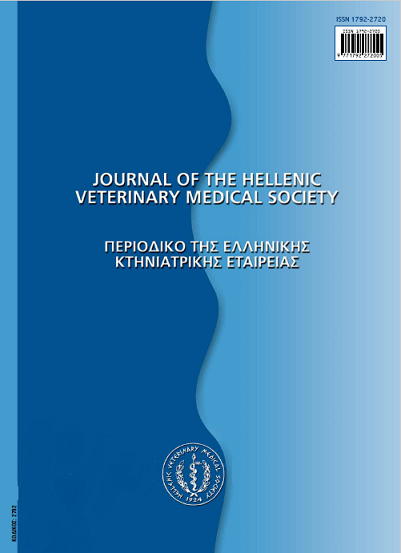The art of shampoos in canine and feline dermatology: Treatment and prevention strategies
Abstract
This paper reviews the current technology pertaining to veterinary shampoos used for dogs and cats. The criteria used to evaluate their efficacy are presented. The indications for the use of shampoos in keratoseborrhoeic disorders, parasitic diseases, bacterial diseases, fungal diseases and allergic diseases are reviewed. In keratoseborrhoeic disorders both keratomodulating and antiseborrhoeic agents are used. Antiparasitic shampoos are not frequendy used in veterinary dermatology and their indications and limitations are discussed. Antibacterial, antifungal and antiseptic agents are included in shampoos designed to treat dermatoses resulting from microbiological agents. Their indications and efficacy are presented. Shampoos are used nowadays in conjunction with other forms of therapy to treat allergic skin diseases. The benefits of such adjunctive topical therapy are discussed. Lastly, the properties of moisturizers are presented and the value of their use in combination with therapeutic shampoos is emphasized.
Article Details
- Come citare
-
CARLOTTI, D. N., & GATTO, H. (2017). The art of shampoos in canine and feline dermatology: Treatment and prevention strategies. Journal of the Hellenic Veterinary Medical Society, 56(2), 162–173. https://doi.org/10.12681/jhvms.15080
- Fascicolo
- V. 56 N. 2 (2005)
- Sezione
- Review Articles
Authors who publish with this journal agree to the following terms:
· Authors retain copyright and grant the journal right of first publication with the work simultaneously licensed under a Creative Commons Attribution Non-Commercial License that allows others to share the work with an acknowledgement of the work's authorship and initial publication in this journal.
· Authors are able to enter into separate, additional contractual arrangements for the non-exclusive distribution of the journal's published version of the work (e.g. post it to an institutional repository or publish it in a book), with an acknowledgement of its initial publication in this journal.
· Authors are permitted and encouraged to post their work online (preferably in institutional repositories or on their website) prior to and during the submission process, as it can lead to productive exchanges, as well as earlier and greater citation of published work.



